A fundamental aspect of chess that every player needs to grasp is pawn structure. Pawn structure is the configuration of pawns on a chessboard and it is so important because it significantly affects the game’s strategy.
Why Is Pawn Structure So Important in Chess?
Pawns may be the least valuable pieces in terms of points, but their strategic importance is second to none. The arrangement of these foot soldiers dictates the pace and direction of a chess battle, influencing both the opening strategies and the endgame.
Pawns individually may not seem very intimidating, but together as a cohesive unit they can shape the battlefield. When it comes to chess openings, it’s the pawn structure that determines the areas of the board you’re aiming to control.
And in the endgame, a pawn’s value soars as the potential to promote becomes a tangible threat that can absolutely decide the outcome of a game.
This is why pawn structure is so important. Pawns support stronger pieces, restrict the opponent’s options, and even become the focus of play when they form certain configurations. It’s this ability to shape a game that makes pawns such an integral and importance piece of the game.
Now, you’re probably wondering how this all fits into actual game play. That’s going to include recognizing different types of pawn structures, understanding their strengths and weaknesses, and developing a strategy that turns a humble set of pawns into a commanding force. Let’s dive in!
Here is a spectacular, in depth video that dives deep into pawn structure. If you have a little time, it’s well worth watching.
Strategic Foundations of Pawn Structure
Let’s start with some basic terminology and configurations:
- Pawn islands: groups of adjacent pawns separated by files from other pawns.
- Chain formations: a formation where pawns protect one another diagonally and can project power across the board.
- Doubled pawns: two pawns on the same file, often seen as a weakness due to their lack of mobility.
- Backward pawns: a pawn that cannot advance freely without being captured and cannot be supported by another pawn. Backwards pawns almost always support another pawn on an adjacent file.
- Isolated pawn: an isolated pawn is a pawn that has no friendly pawn on an adjacent file, usually a weakness because they cannot be protected.
- Passed pawn: A pawn that has advanced beyond all of the enemy pawns with no obstacles to stop it from being promoted.
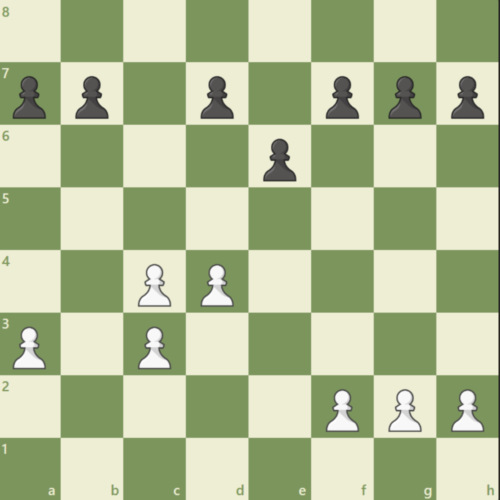
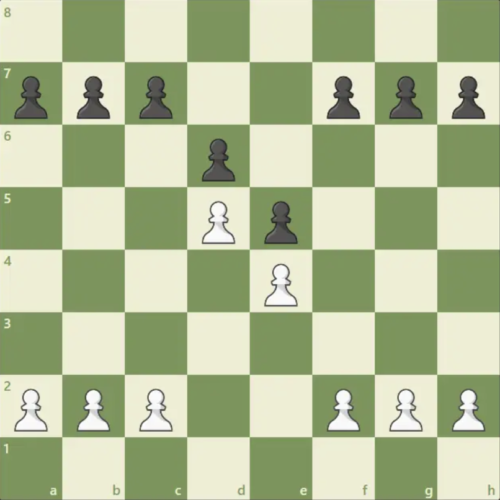
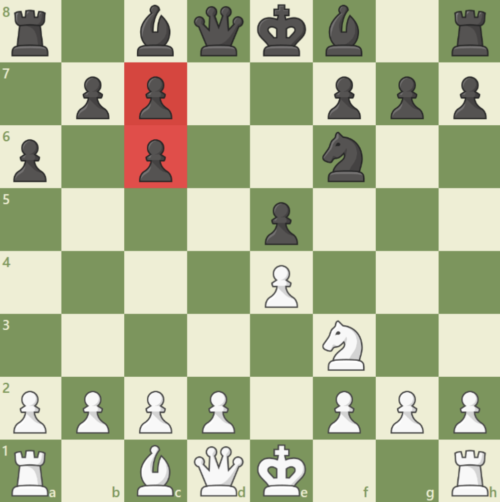
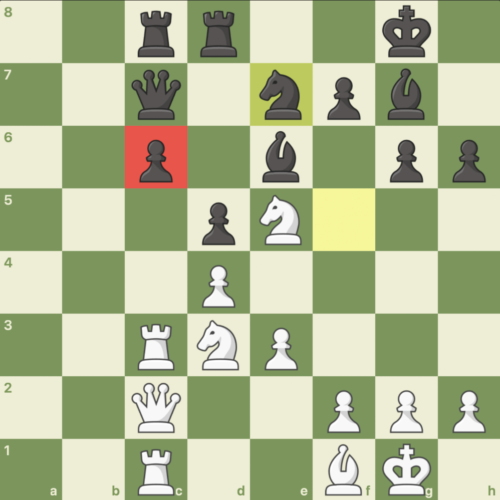

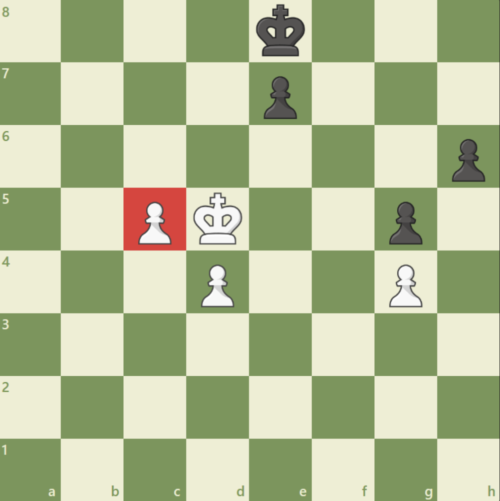
In my experience, it’s more than just having a solid formation, it’s about understanding how pawn structure can shape the game’s potential moves. For example, a pawn chain might point toward the side of the board you intend to attack, or it might become a target for your opponent to undermine.
Keep in mind, pawn structures aren’t all about defense, they can be powerful offensive tools. Understanding pawn structure can help you control important squares, create openings for your pieces, and launch unexpected attacks.
Pawn Structure and Piece Coordination
Coordination between pawns and your other key pieces on the board is almost like a dance. When your pawns form a cohesive unit, they create powerful support points for knights and bishops, allowing these pieces to spring into action from strong, secure posts.
Take, for example, how a pawn chain can strengthen your offensive strategy. A knight sitting at the top of a pawn chain is a force to be reckoned with. It’s already a strong piece, and now it has backup.
In the same way, pawns can shepherd bishops, clearing diagonals for long-range threats of attack. And also offering a mutual guard with them, keeping potential attackers away.
The flip side, however, is equally true. A weak pawn leads to disjointed piece play. If pawns cramp your knights or block your bishops, they’re effectively undermining your attacks and/or defenses. Your opponent will take notice and quickly take advantage.
Keeping your pawns well-organized also makes sure that more routes and positions are open to your power pieces like rooks and queens, helping you apply pressure on your opponent.
A player skilled with their pawns can turn a game from seemingly dead in the water to having full advantage, all because of their pawn structure.
Every pawn push should be considered not only for its immediate benefits but also for how it affects your other pieces as well. Advancing a pawn might open up possibilities for a piece but could also expose it to new threats, so choose every pawn move with care. I can’t remember how many times I’ve carelessly moved a pawn and instantly realized how many pieces that one move affected.
How Pawn Structure Evolves as the Game Progresses
As you go from the opening to the middle game, keeping your strong pawn structure is crucial. A well-timed push will open lines for your pieces and create weaknesses in your opponent’s position. Of course, every pawn move matters. Once a pawn moves forward, it can’t go back.
In my experience, nine times out of ten the endgame hinges on the power of passed pawns. These are the pawns that have no opposing pawns to block their advance to promotion. This is a massive threat, and the second you spot the passed pawn on its way to promotion you wonder how it ever got past your defenses.
It just goes to show how critical a role your pawns play. And unlike the other pieces that are very independent in their attacks, your pawns have a synergistic role, where the whole is much greater than the sum of its parts.
Tips to Improve Your Pawn Structure Play
Improving your understanding and manipulation of pawn structure is a game changer. Let’s look at practical ways you can boost your play.
- Memorization drills: Drill yourself on recognizing common pawn formations like these. The more patterns you know, the quicker you’ll spot opportunities and threats.
- Analyzing famous games: Going back through famous games can offer great insight into effective pawn play. See how the masters use their pawns as a unit. Pick a match each week, break down the pawn maneuvers, and take notes on the strategies used.
- Follow your game style: Your pawn moves should reflect your style of play. If you’re aggressive, you might opt for more pawn movement to control the center early on. If you’re defensive, maintaining a solid pawn structure could be your foundation.
- Analyze your growth: Feedback is your best friend. Review your games, specifically looking at pawn structure decisions. Even better, get a coach or a stronger player to analyze your moves. They can often spot subtleties you may miss.
Keep in mind that mastering pawn structure is a journey, not a sprint. Every game is a learning experience, and your ability to adapt your pawn strategy is vital. I really hope that with these tips, you’ll start seeing improvements in your chess game. As always, choose strategies that resonate with you; after all, chess is as much an art as it is a science.
Final Thoughts
Mastering your pawn structure is a journey, not a sprint. Use each game as a learning experience. Use your pawns to not only bolster your defense, but to work with key pieces to unleash attacks. Analyze and study what works to consistently improve your game!
What do you think? How much have you paid attention to your own pawn structure in your own game play? Have pawns been an afterthought for you? Are you now realizing just how important they are? Let me know in the comments section below! I’d love to hear your perspective and I always reply!


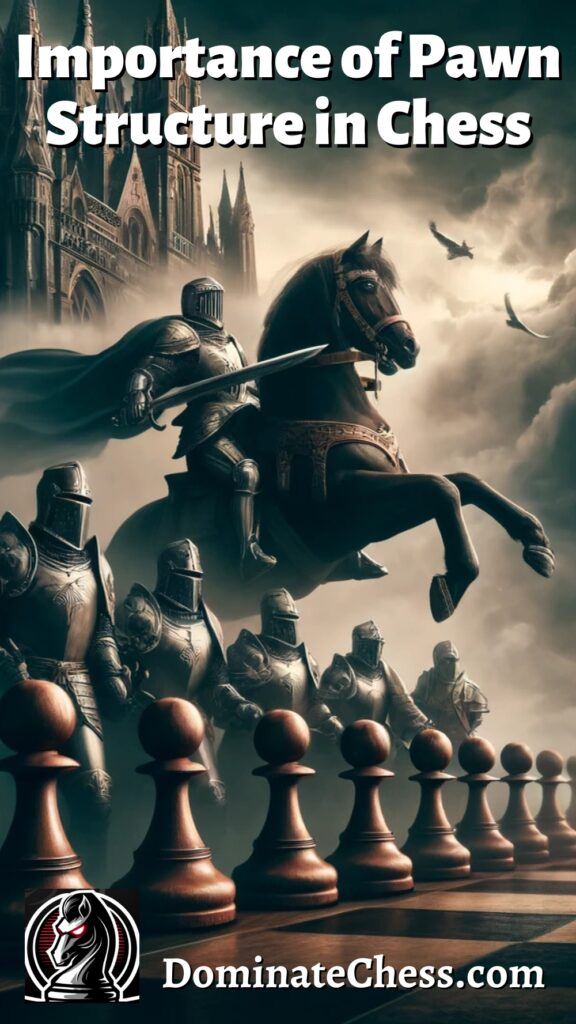
This is pretty cool!!, Thank you again so much for the skill training!!
I had played my son last night using the counter for Queen’s Gambit! He was so shocked that I was able to actually Check Mate him. It was the first. I do plan on sharing your website with him, so that I will have some competition, but not until after I win one, maybe two more!
Pawn placement has always been my favorite which means that this page is going to be another game changer for me! Thank you again, I plan on sharing this website for my chess enthusiast friends and family.
Happy playing! Thanks for the comment!
Great text! Well done! It’s very educational and informative. I like that everything is explained clearly, from terminology to structure to concrete advice and suggestions. I was particularly impressed by the part where you explained how coordination between pawns and our other critical pieces on the board is almost like a dance. It’s very beautifully and vividly written!
Thanks so much for the kind words!